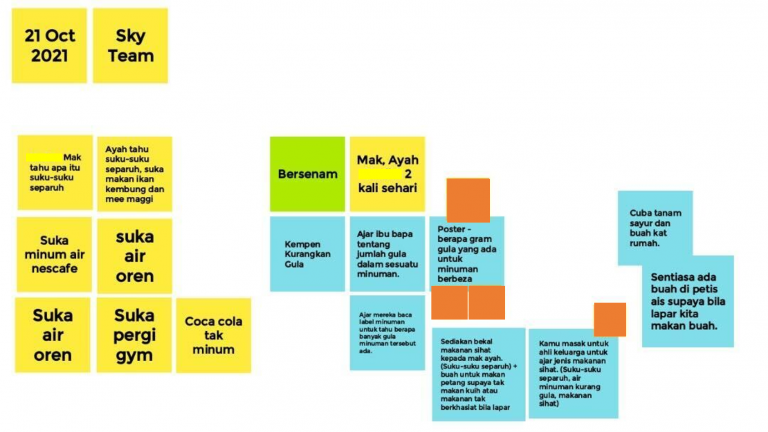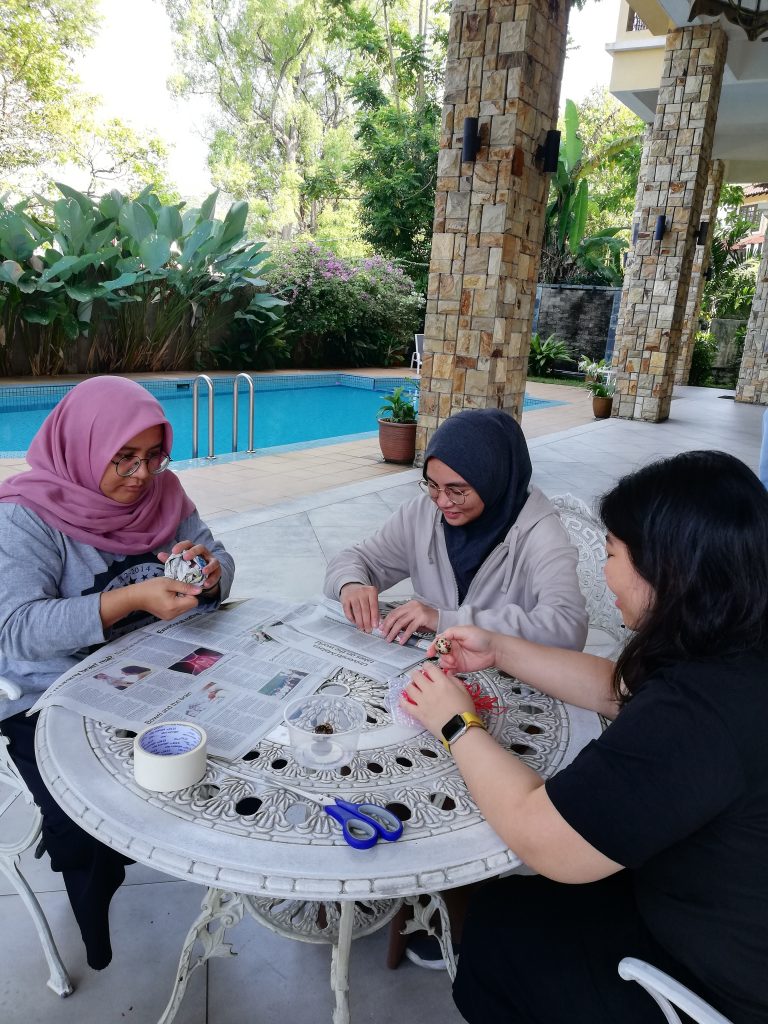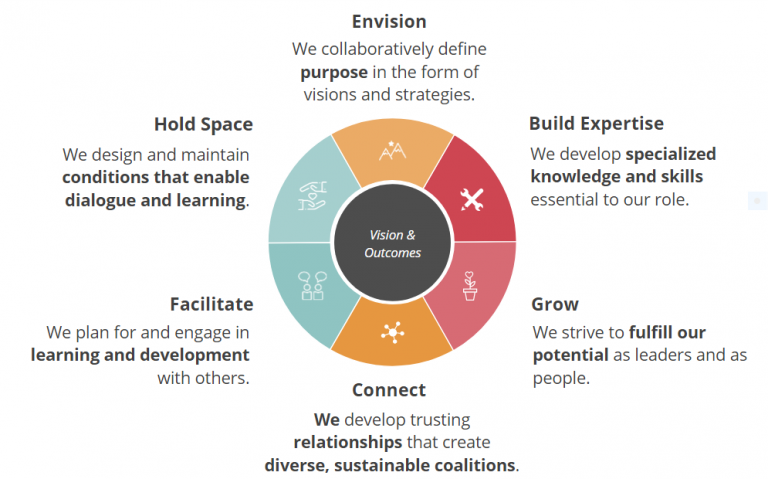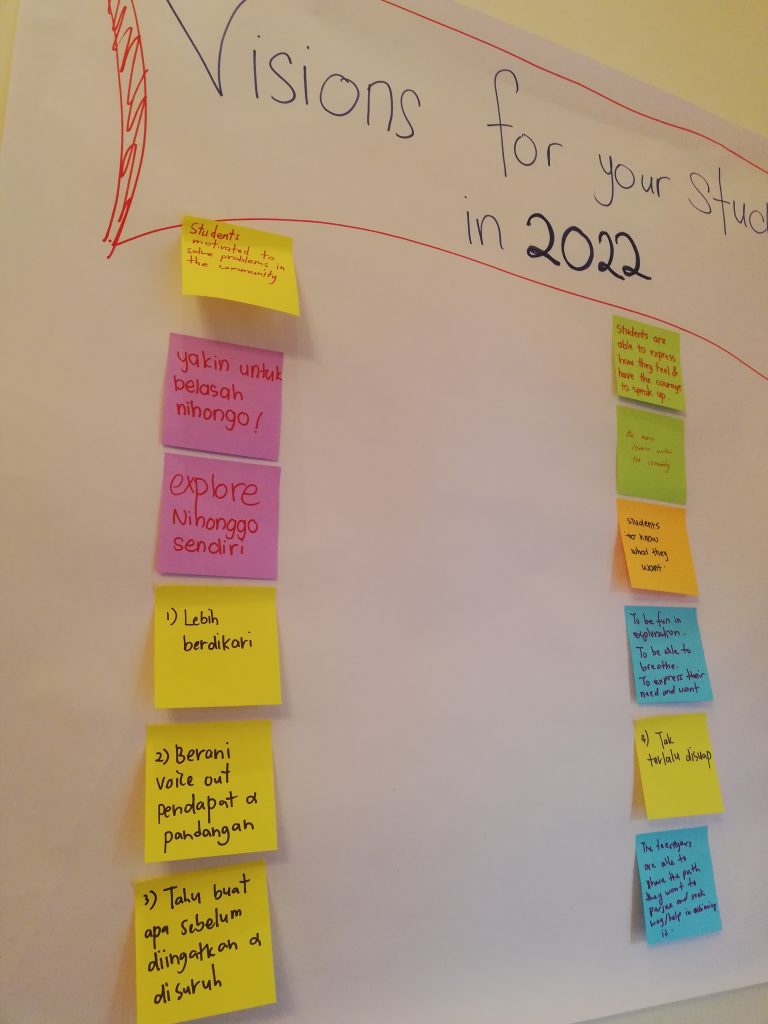By Aina Sahira
Education is an advantage to some, and a privilege to others. Not all children in this world have the same opportunities and equal access to education, which is a basic right for all children.
For those who managed to get an education, good teachers can make all the difference. Good teachers are the core elements that build a better education. It is therefore essential for teachers to have a mindset that inculcates meaningful values in students, not just focusing on completing the academic syllabus. Don’t get me wrong. Both need to be taught hand in hand, not in isolation. Education is what you know, not what’s in the book.
We need eager, passionate, and dedicated teachers to make this work. To teach is also to learn — that is the motto that all teachers should hold firmly in their hearts and minds.

STANDING WITH THE COMMUNITY
I have come to realize that the road to becoming a great educator is more challenging than I have thought, but it is doable. As long as I put my heart into it, the journey might be easier despite the bumpy road. This is when determination and willingness to learn come in.
I take Buku Jalanan Chow Kit (BJCK) as an example, as I am one of the teachers in the free, homeschool programme for marginalised students. The programme is a collaboration between Arus Academy and BJCK. Some of the students here are stateless children and do not have the opportunity to enrol in public schools.
So BJCK provides a safe space for parents to send their children for an education, a universal human right denied to them. In this situation, teachers need to work together to create a safer and better learning environment for the students.

COLLECTIVE LEADERSHIP
To help us in this endeavour, Collective leadership is one of the crucial elements in the collaboration. This is when teachers get together and adopt 6 practices as leaders:
- Connect
- Envision
- Hold Space
- Facilitate
- Build Expertise
- Grow.

In the 6 practices of Collective Leadership, it starts with the teachers building trust and connections with students and families, and then collaboratively defining the purpose in the form of visions or strategies.
In BJCK for example, the vision can be as general as students will be able to escape from the vicious cycle of poverty and statelessness, to as specific as they can read in Malay and English at the least. It can be personalised to the students’ needs.
Having a vision developed according to the students’ needs is very important, because teachers can craft clearer pathways and strategies to support the children. This includes the need to be prepared for any possible uncertainties and realities in the future.
For example, some stateless students might not be able to finish their education due to problems related to document issues or have to return to their countries abruptly. Hence, teachers need to be ready for it.

HOLDING SPACE
One of the crucial elements in Collective Leadership that I like is ‘hold space’. By holding space, teachers design and maintain a safe space where students can have a dialogue and learn without fearing consequences.
By holding space, students in BJCK can initiate healthy discussions and learn from each other in the class without any judgments. In this context, teachers play an important role to facilitate the learning process and meaningful discussions with the students.
Why is this important? It is because we want our students to be confident in speaking their mind about current issues, their thoughts and feelings, or anything that they want to share with their friends and teachers. With this, we are empowering students to find their voice and be heard.
Education for every child. That is what we strive for. They are the next generation that will lead our country. We need high quality leaders capable of rebuilding existing systems in our country to ensure a better life for everyone, to make a change for the betterment of themselves and their communities.
Education is not only what is taught through books, but it is also through daily interactions, classroom culture and extensive exposure to exemplary mindset and skills. Indeed, great teachers are the core pillars in growing great students.
